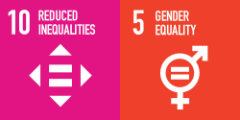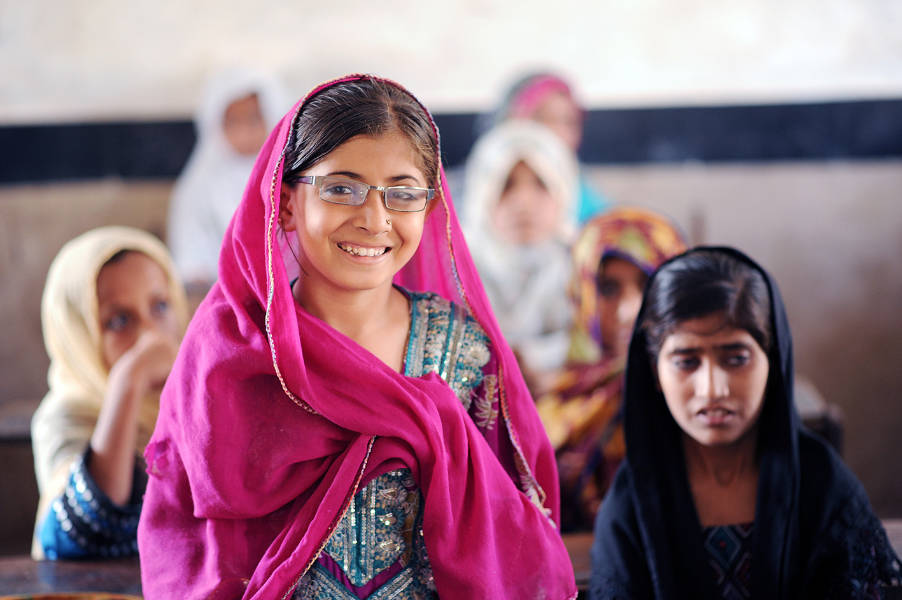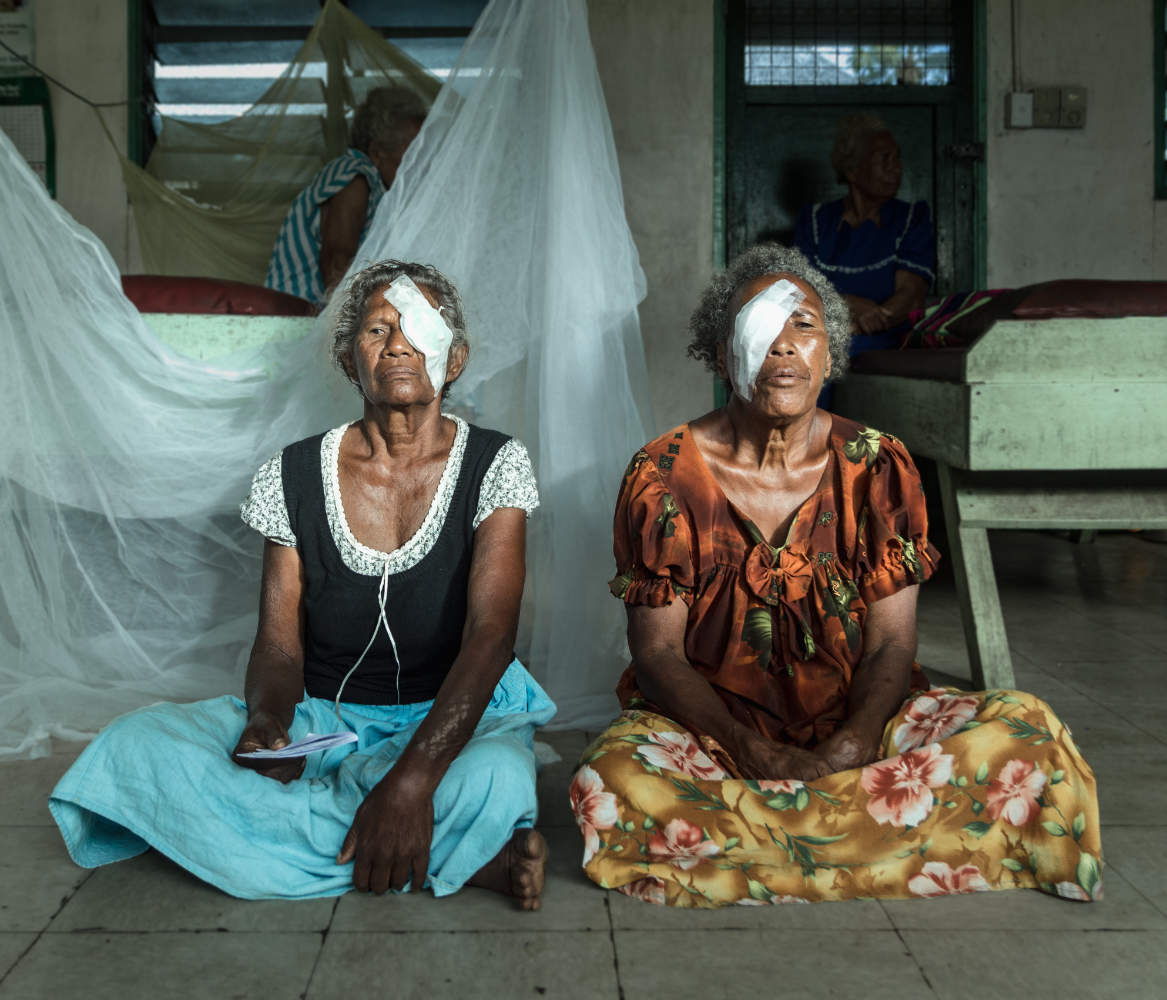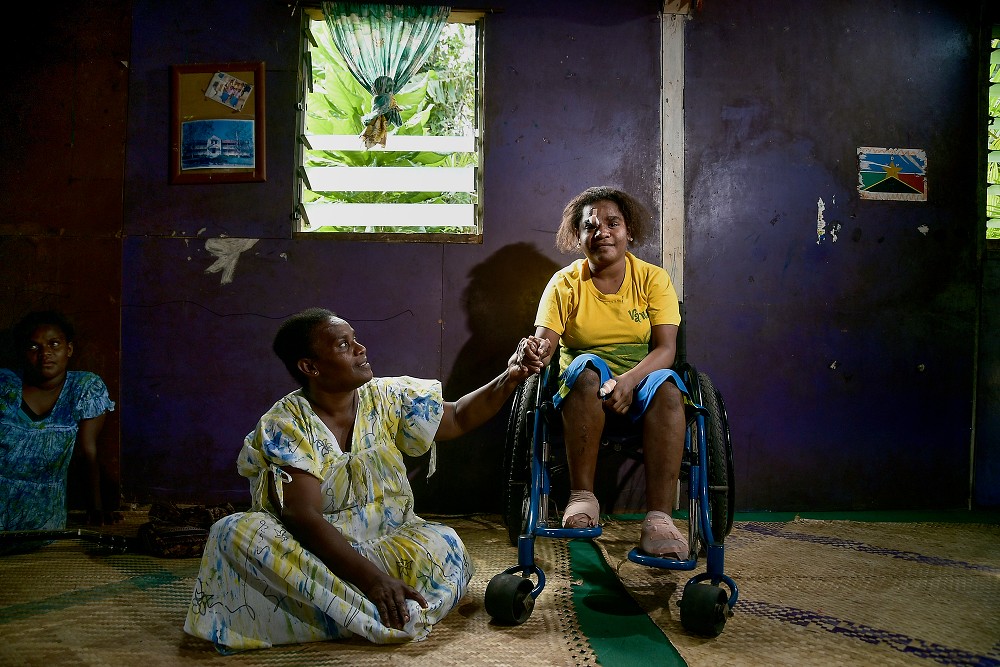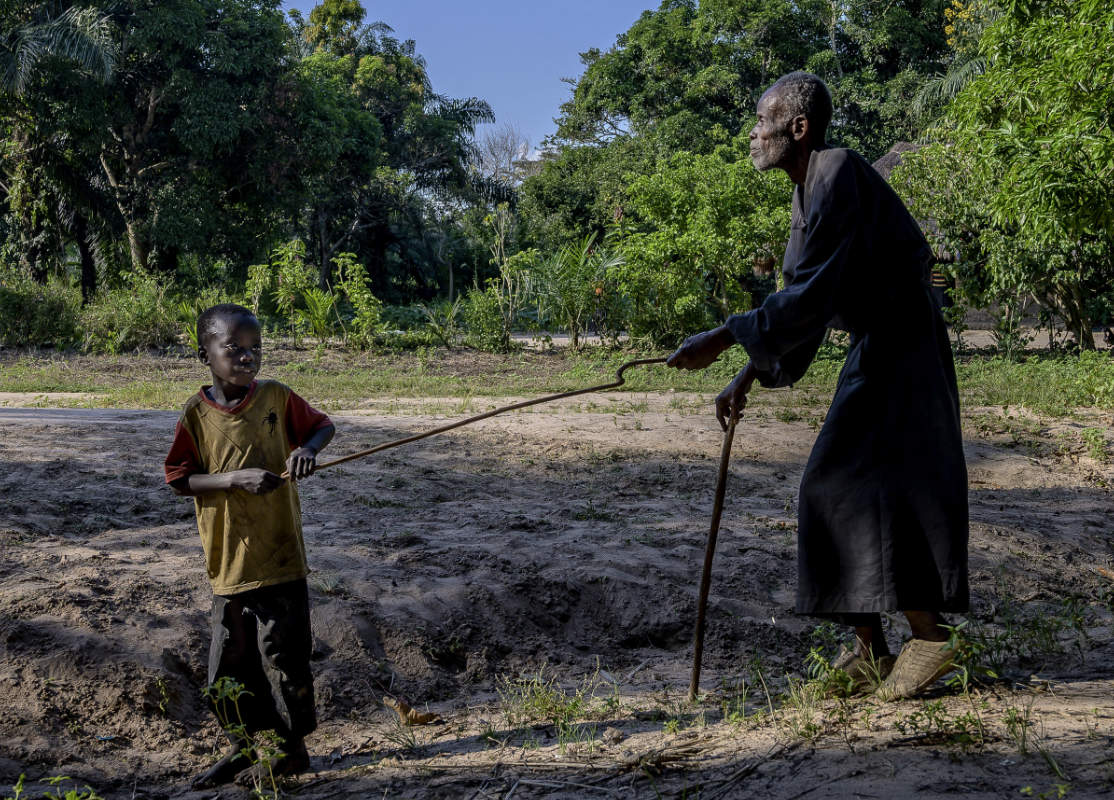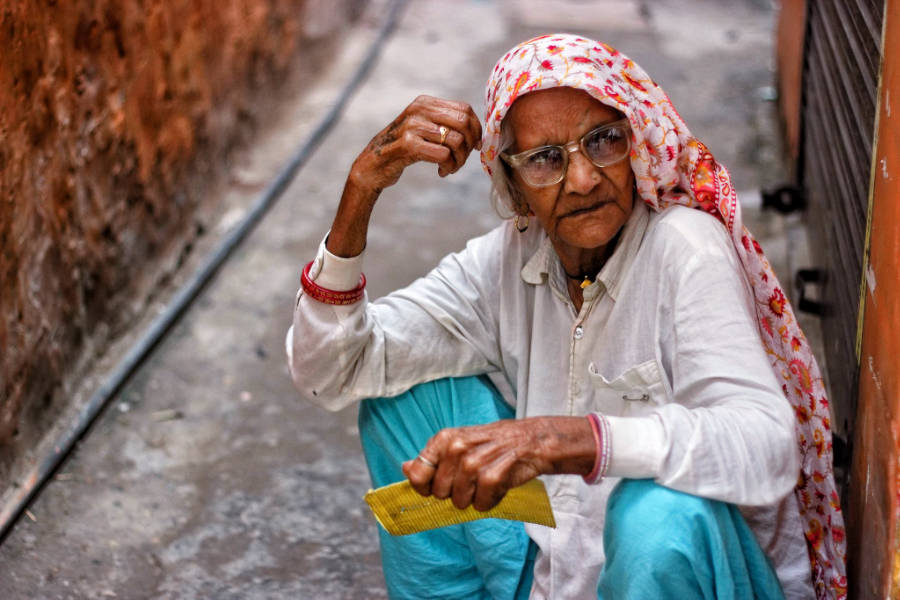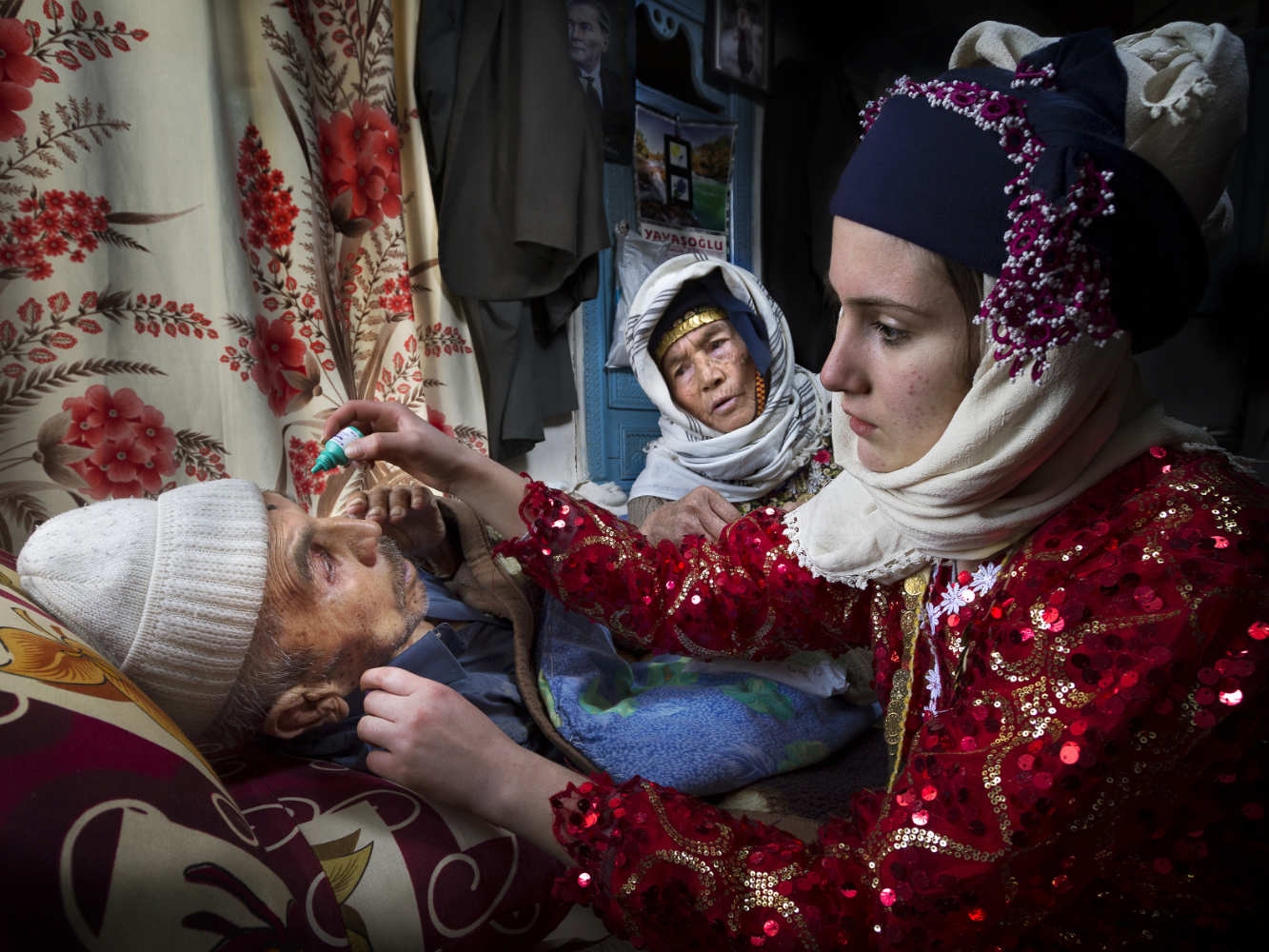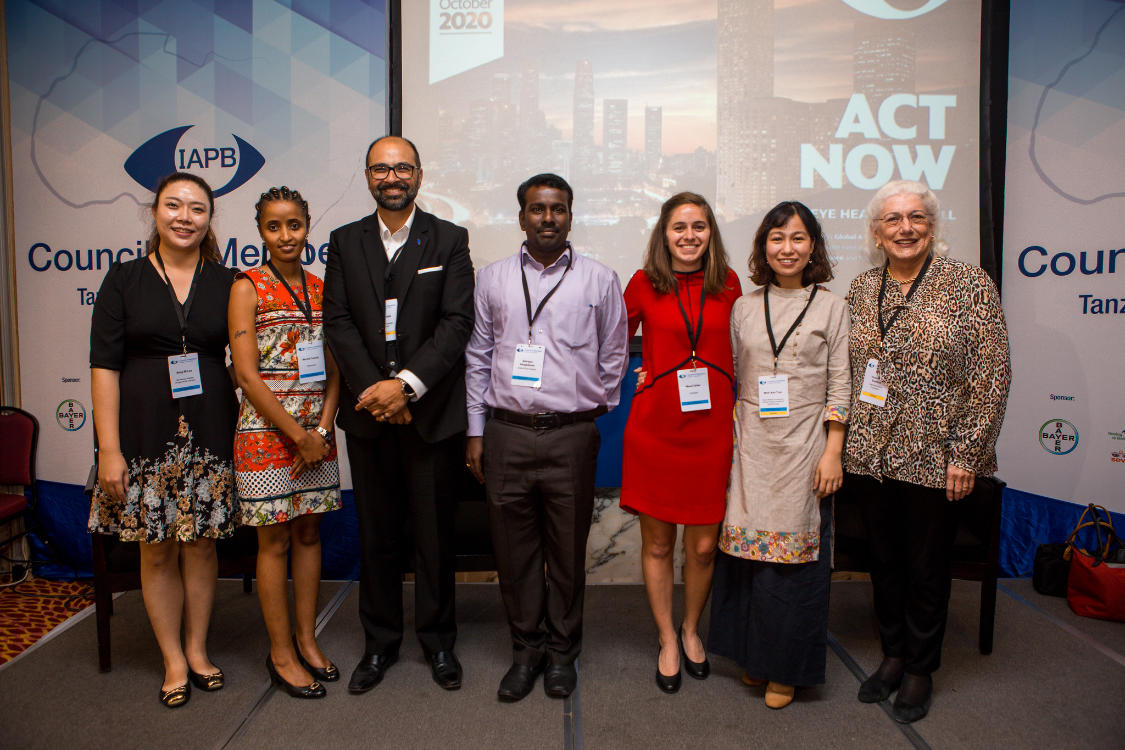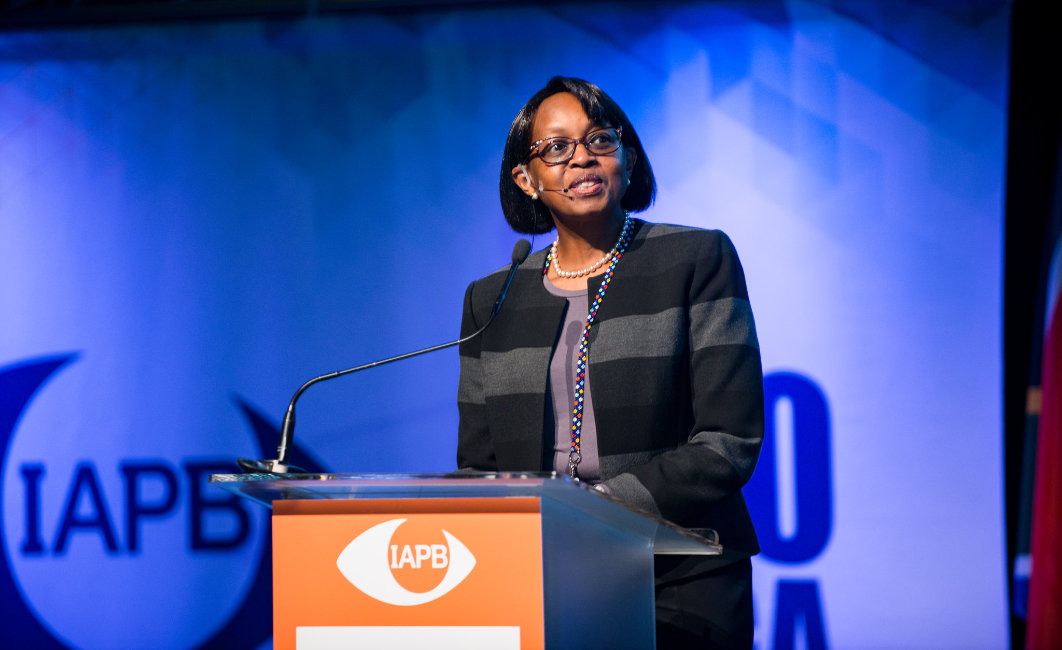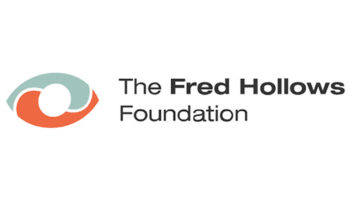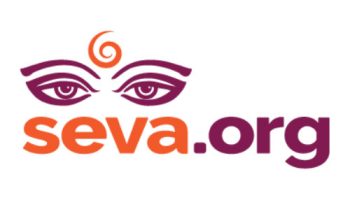- Burton, M., Ramke, J., Marques, A., Bourne, R., Congdon, N., Jones, I. et al. Lancet Global Health Commission on Global Eye Health: Vision Beyond 2020. The Lancet Global Health (2021).
- Assi, L. et al. Eye Health and Quality of Life: A Global Assessment Through A Systematic Review of Systematic Reviews. Press (2021).
- Mercer, G. D., Lyons, P. & Bassett, K. Interventions to improve gender equity in eye care in low-middle income countries: A systematic review. Ophthalmic Epidemiol. 26, 189–99 (2019).
- Burn, H. et al. Eye care delivery models to improve access to eye care for Indigenous peoples in high income countries: protocol for a scoping review. BMJ Open 9, (2019).
- Hamm, L. M. et al. Interventions to promote access to eye care for non-Indigenous, non-dominant ethnic groups in high-income countries: a scoping review protocol. BMJ Open 10, e033775 (2020).
- Gwatkin, D. R. & Ergo, A. Universal health coverage: Friend or foe of health equity? The Lancet vol. 377 2160–2161 (2011).
- Bourne, R. et al. Trends in prevalence of blindness and distance and near vision impairment over 30 years: an analysis for the Global Burden of Disease Study. Lancet Glob. Heal. (2021) doi:10.1016/S2214-109X(20)30425-3.
- Liang, Y. et al. Effect of Community Screening on the Demographic Makeup and Clinical Severity of Glaucoma Patients Receiving Care in Urban China. Am. J. Ophthalmol. 195, 1–7 (2018).
- Zhang, M. et al. Impact of cataract screening outreach in Rural China. Investig. Ophthalmol. Vis. Sci. 51, 110–114 (2010).
- Heine, C. & Browning, C. Dual Sensory Loss in Older Adults: A Systematic Review. Gerontologist 55, 913–928 (2015).
- World Health Organization. WHO Global Report on Falls Prevention in Older Age. https://www.who.int/ageing/publications/Falls_prevention7March.pdf?ua=1
- GBD 2017 Disease and Injury Incidence and Prevalence Collaborators. Global, regional, and national incidence, prevalence, and years lived with disability for 354 Diseases and Injuries for 195 countries and territories, 1990-2017: A systematic analysis for the Global Burden of Disease Study 2017. Lancet 392, 1789–1858 (2018).
- Harwood, R. H. et al. Falls and health status in elderly women following first eye cataract surgery: A randomised controlled trial. Br. J. Ophthalmol. 89, 53–59 (2005).
- Meuleners, L. B., Fraser, M. L., Ng, J. & Morlet, N. The impact of first- and second-eye cataract surgery on injurious falls that require hospitalisation: a whole-population study. Age Ageing 43, 341–346 (2014).
- Tseng, V. L., Yu, F., Lum, F. & Coleman, A. L. Risk of fractures following cataract surgery in medicare beneficiaries. JAMA – J. Am. Med. Assoc. 308, 493–501 (2012).
- Yashadhana, A. et al. Action needed to improve equity and diversity in global eye health leadership. Eye 34, 1051–1054 (2020).
Join a powerful, unprecedented alliance for better eye health for all.
Join IAPB
